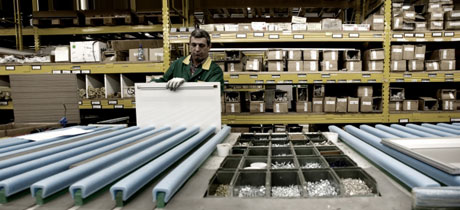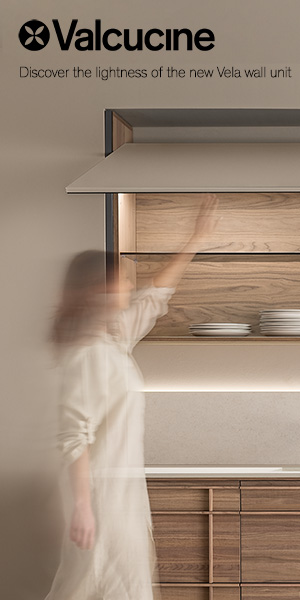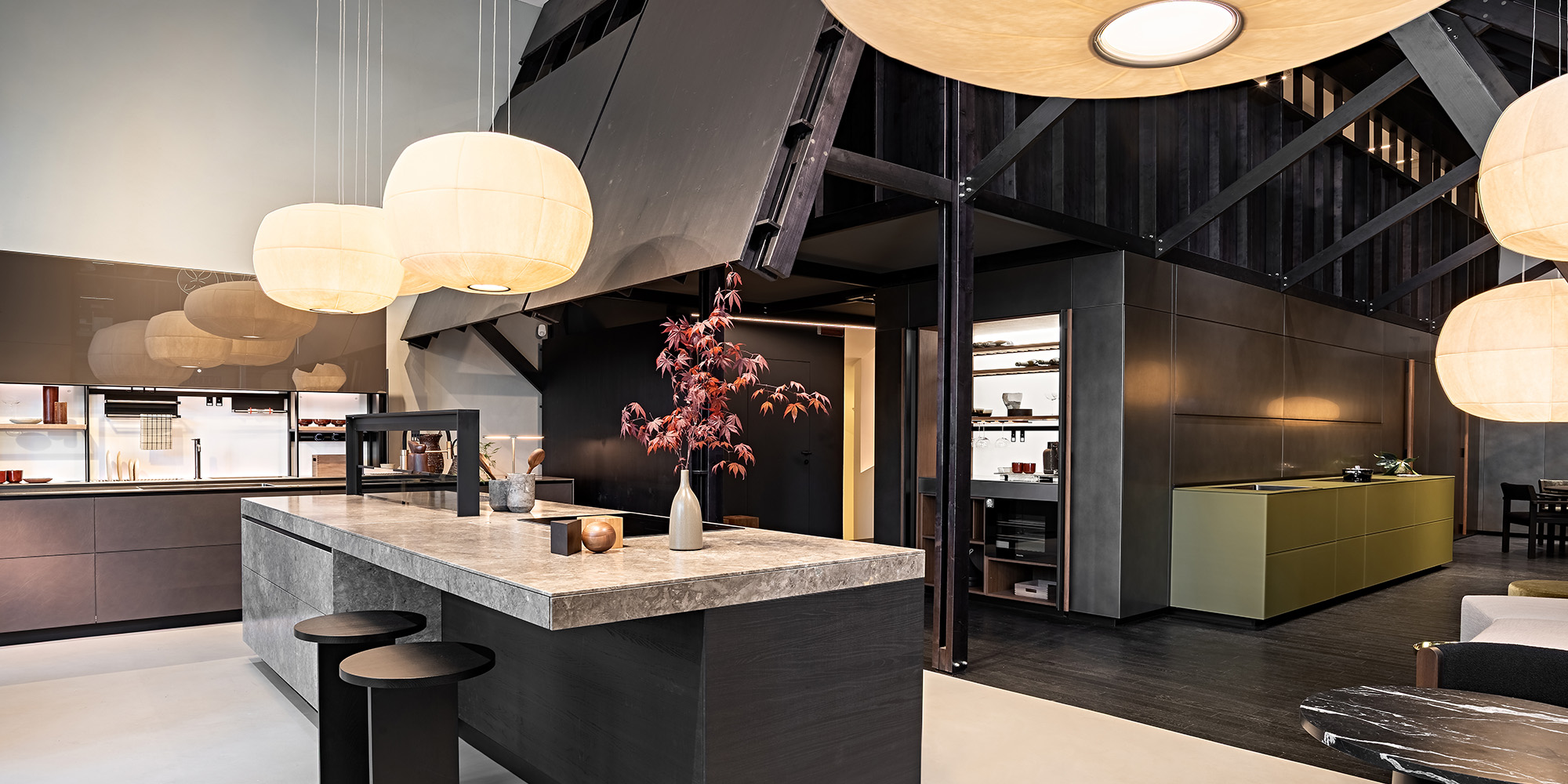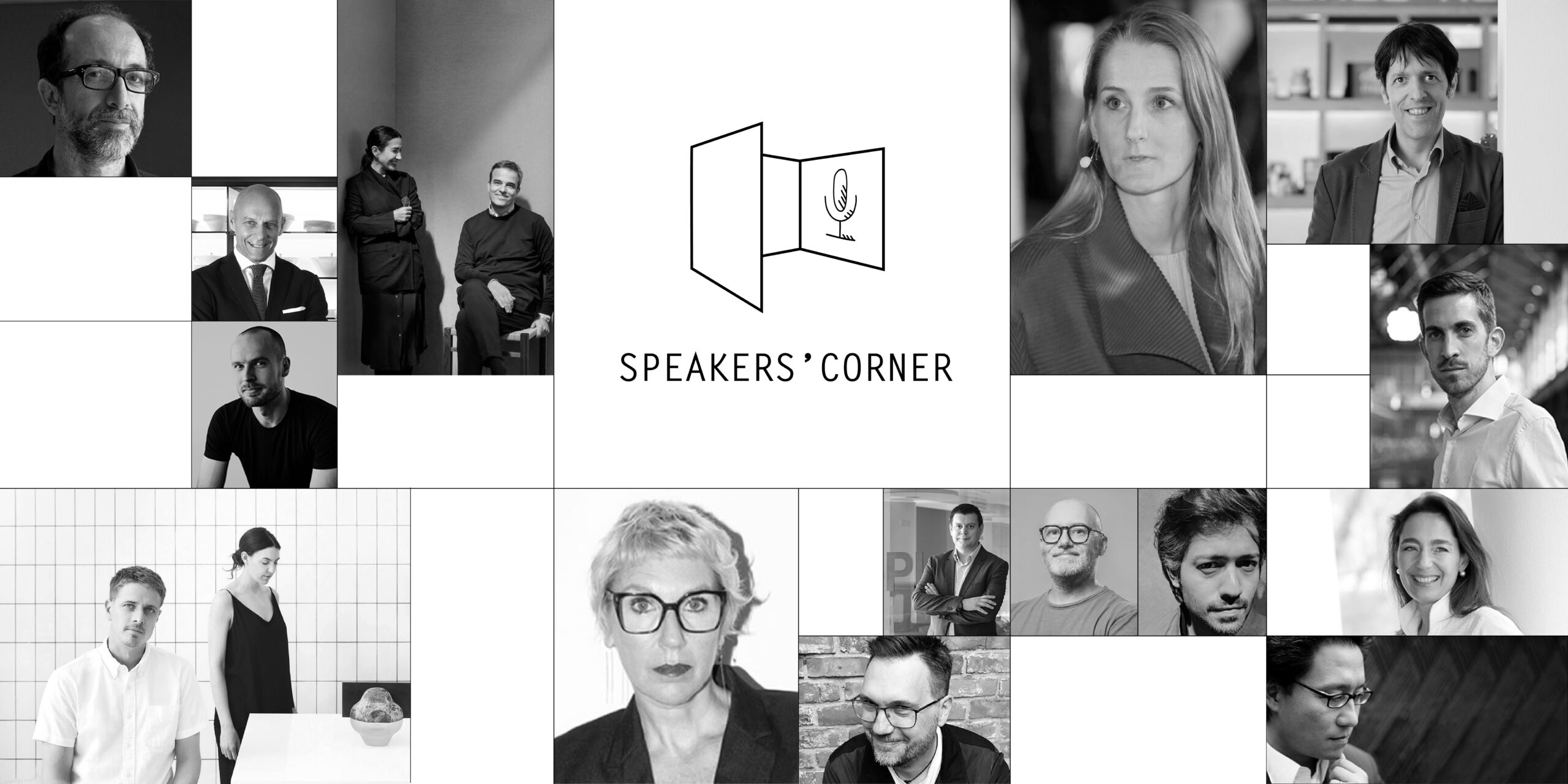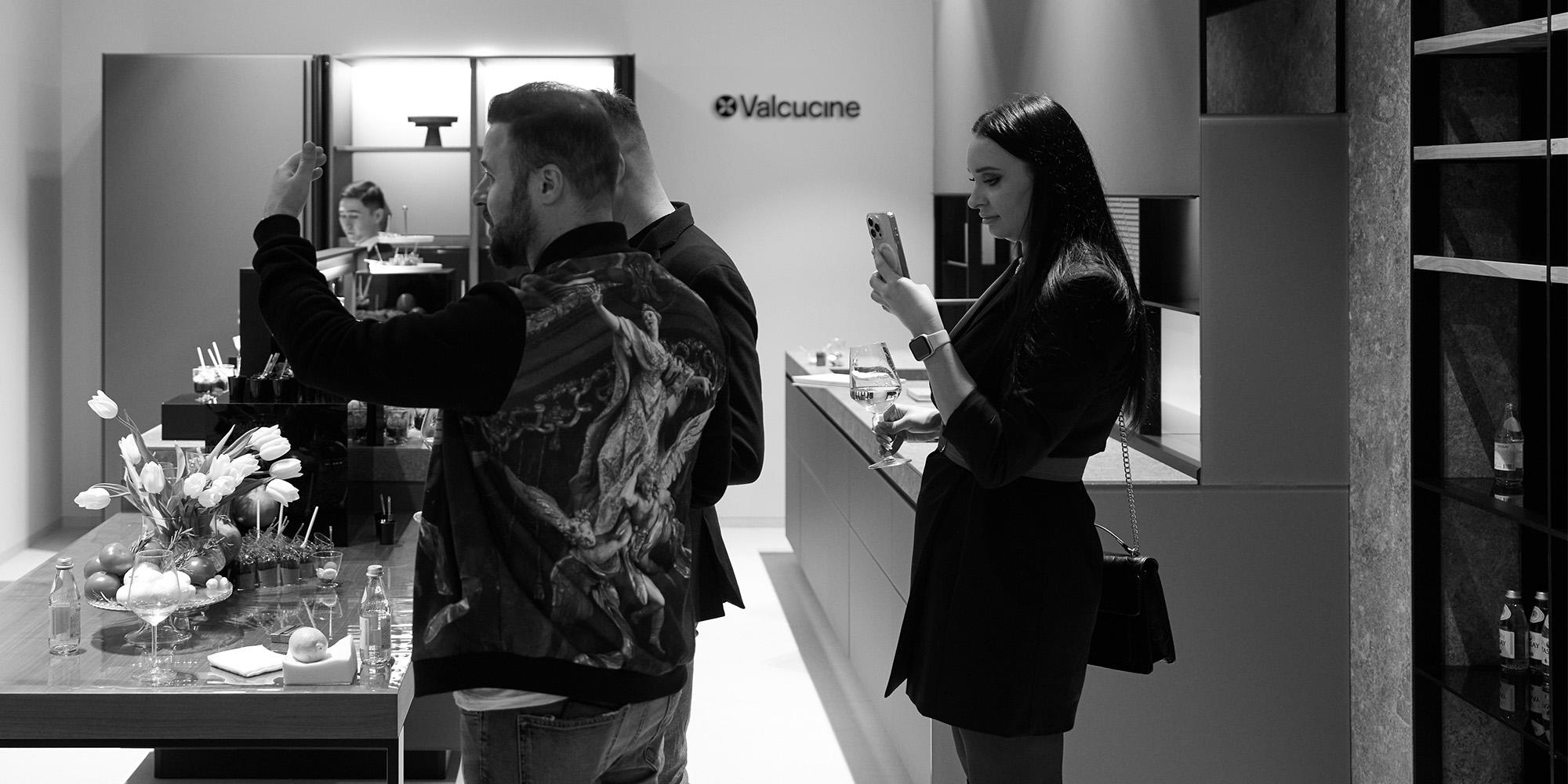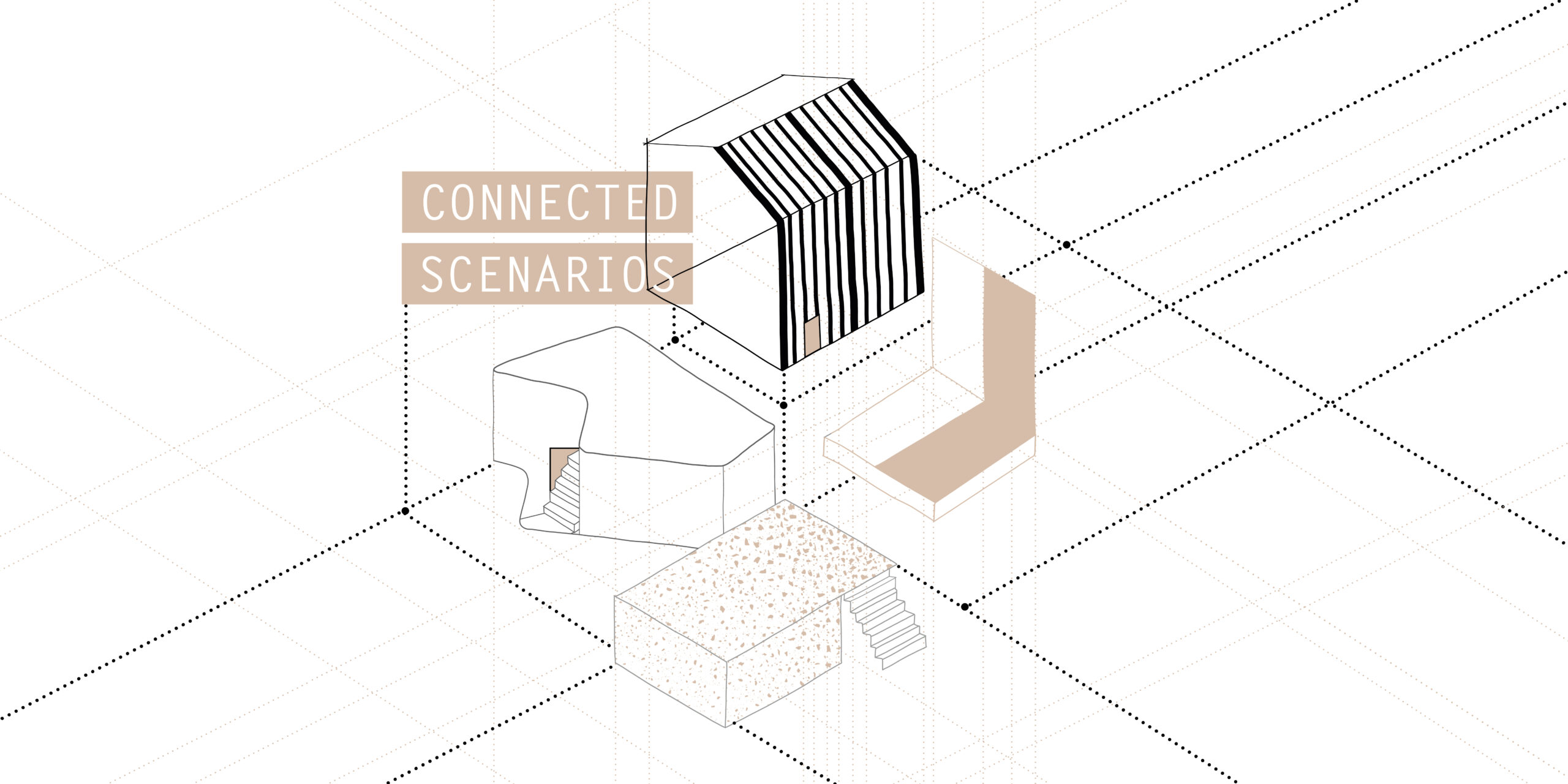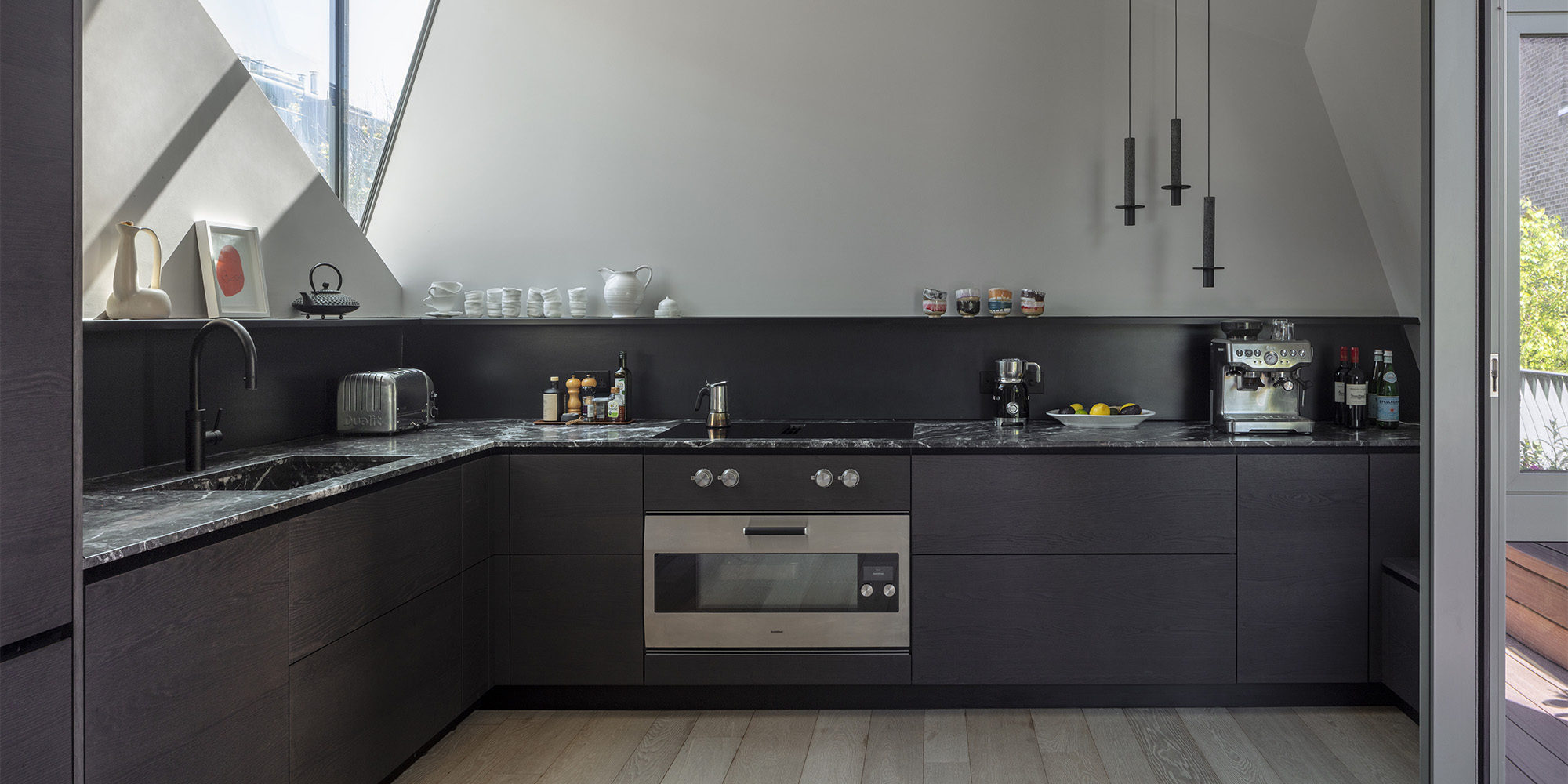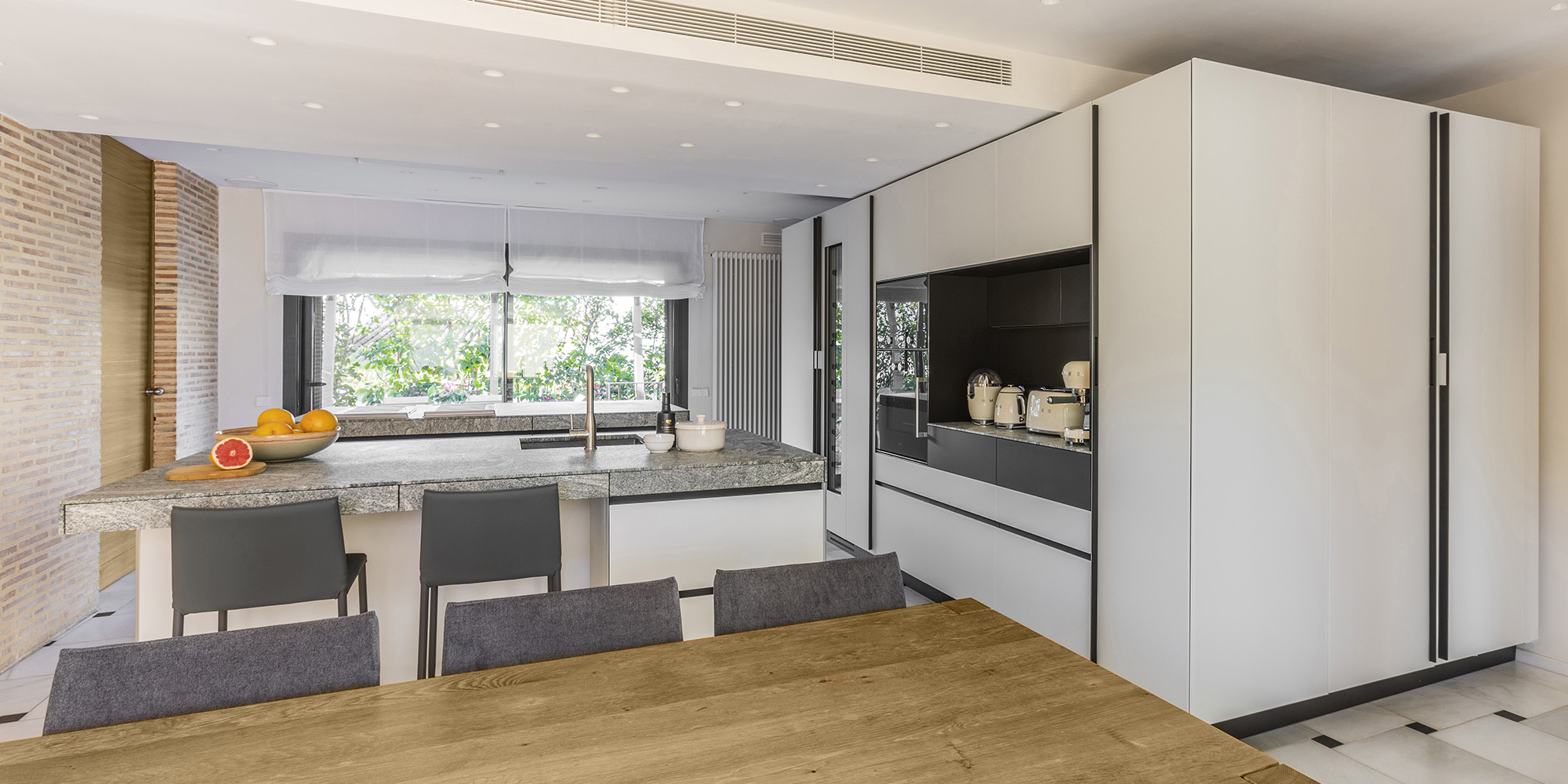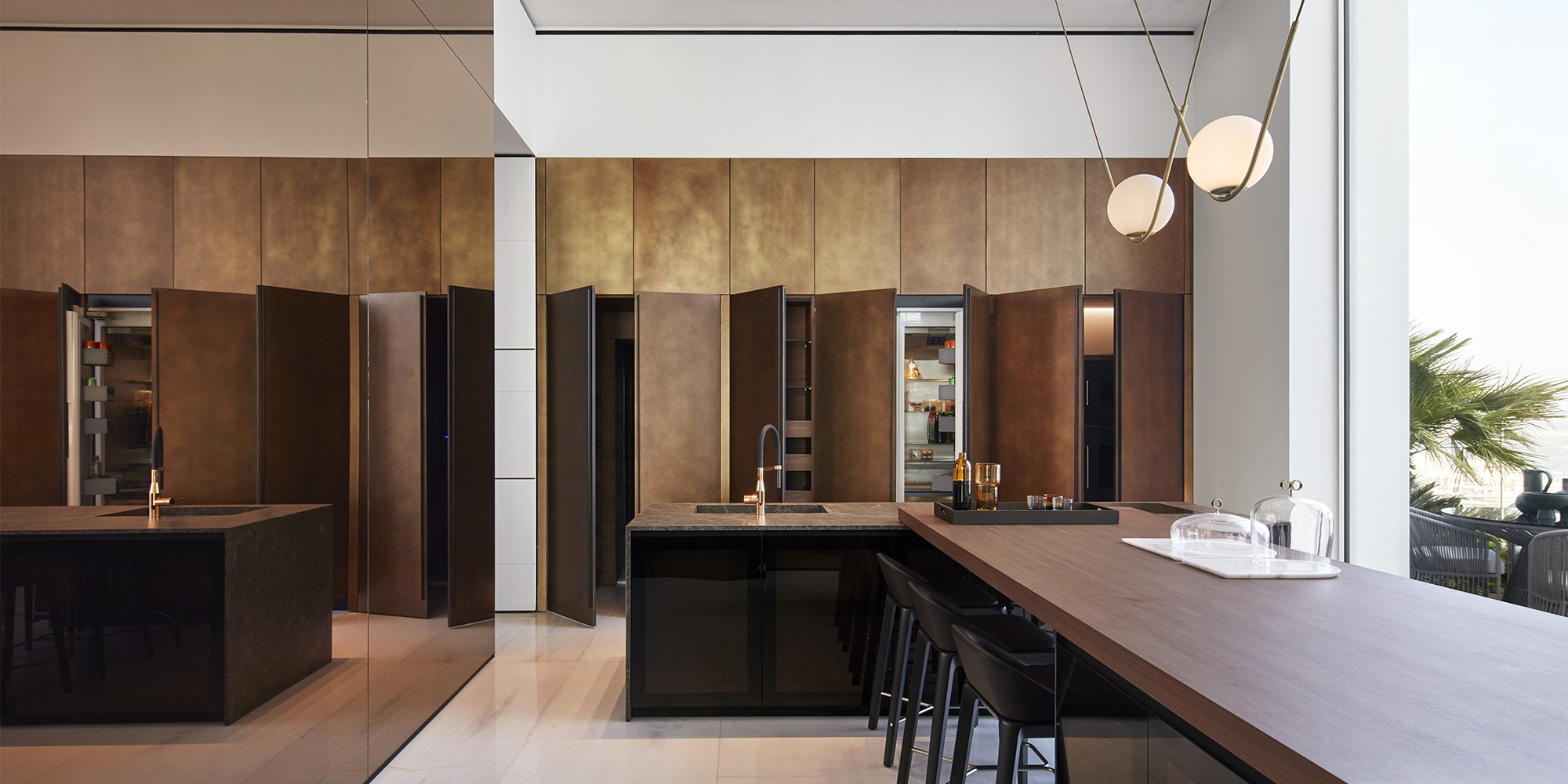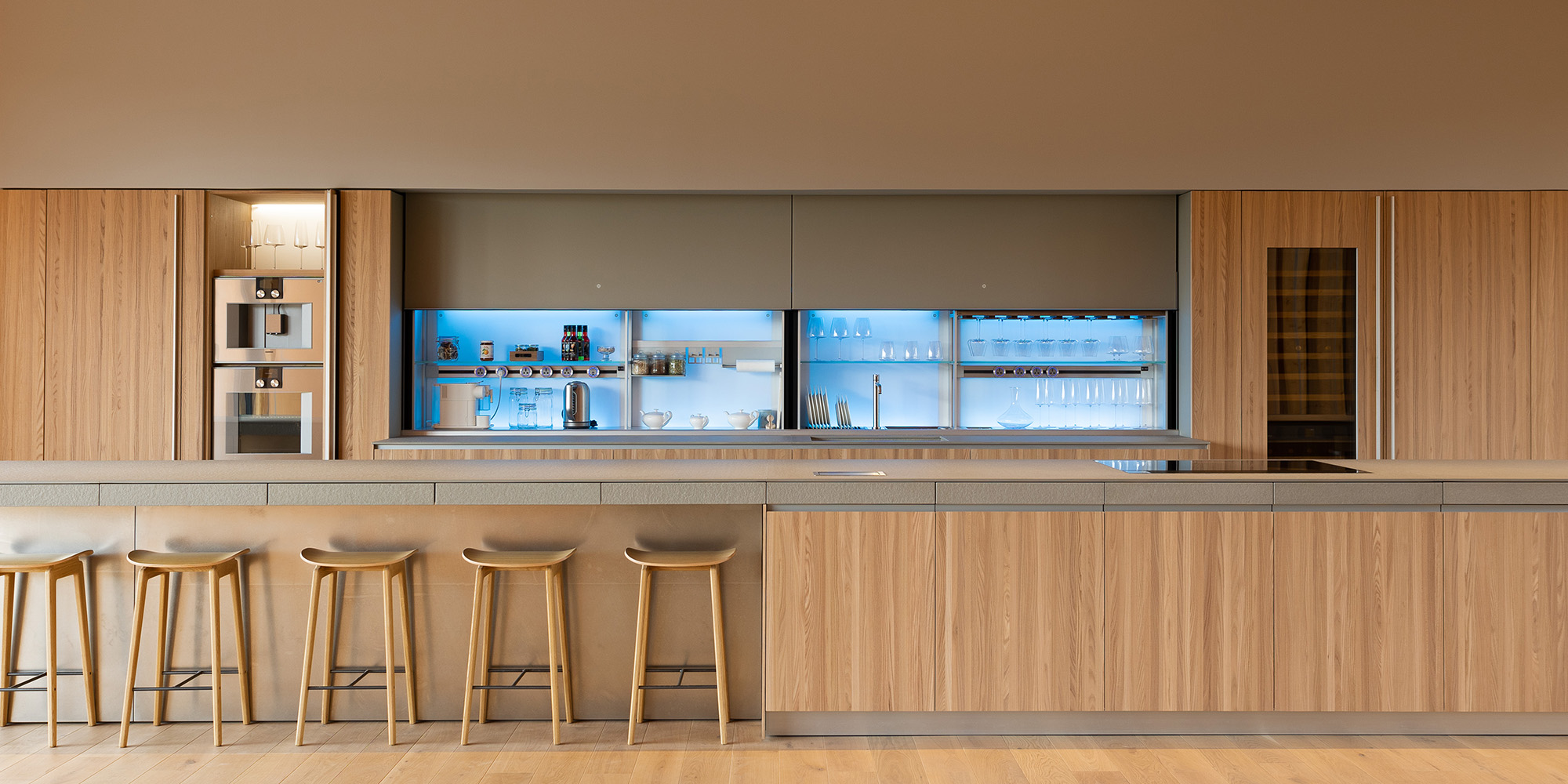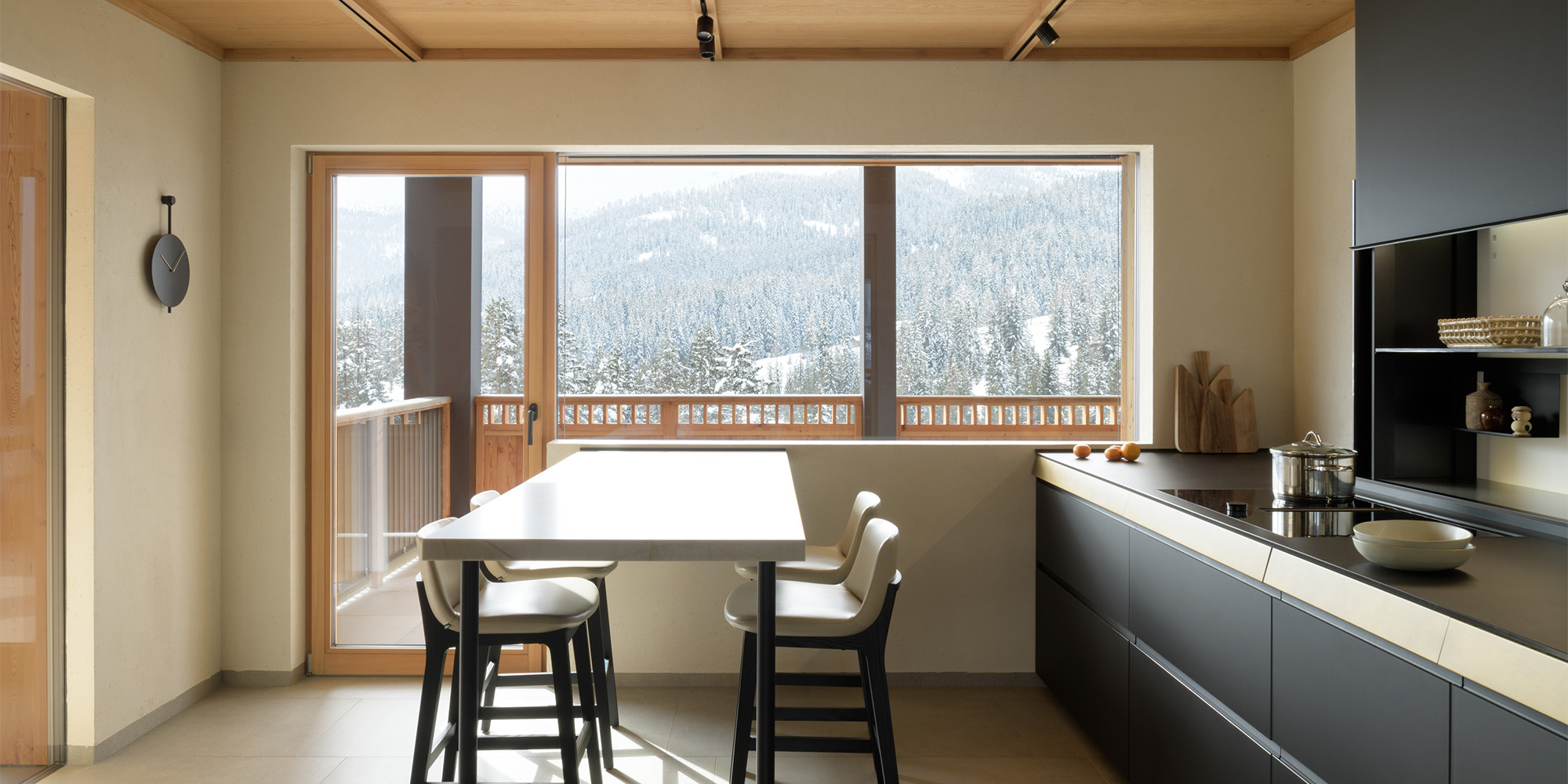We report here the interview with the architect Gabriele Centazzo for: ‘Le Fabbriche del design' (from Casa&Design of Repubblica)
The distinguishing elements of the Artematica kitchen are inspired by the special attention paid to environmental topics; is this something new or is it a trend you have always followed?
«I have been basing my work on dematerialisation for more than twenty years; we live on an Earth in which 15% of the inhabitants consume 85% of the resources, the other 85% would like to consume just as much but there just isn't enough for everyone. It is thus necessary to reduce the quantity of energy consumed to make products and services, and this is exactly what dematerialisation allows. When I started working in this direction, designing the first 5 mm thick aluminium door twenty years ago, it wasn't possible to talk about eco-compatibility or low impact on the environment because these topics were not as important as they are today».
What elements in the Artematica kitchen transform the dematerialisation concept into something tangible?
«The door, the top and the carcass are all produced respecting the three main principles of recyclability, dematerialisation and durability; the latter is very important because an eco-compatible and recyclable element that is not durable is practically useless because more energy will soon be needed to produce another one. The kitchen we will be presenting at Eurocucina 2008 is, in fact, 100% recyclable».
Which features contained in Artematica make us talk about high technology?
«The door is the star, even in the hi-tech field. Our intention was that of changing the actual door concept by dividing the two elements that are traditionally joined together, i.e. the technical structure with its aluminium frame and the finishing element consisting in a very slim aluminium panel. Of course, in doing this, we have not neglected beauty. In fact, we have produced the first door with an invisible aluminium frame in order to achieve a kitchen in glass with pure volumes».
One last question concerning the choice of the name; what inspired you?
«The name comes from a combination of the words “art” and “mathematics”: art, because when producing this kitchen, we used an inlay technique on glass to which some artists contributed. This process was inspired by handicraft tradition that makes it possible to customise each single kitchen by means of decors suggested by young artists, by the designer or by anyone wanting to use his/her creativity to produce an original drawing. Then again, Mate is short for Maths and is used to emphasise the hi-tech side of the Artematica kitchen».


